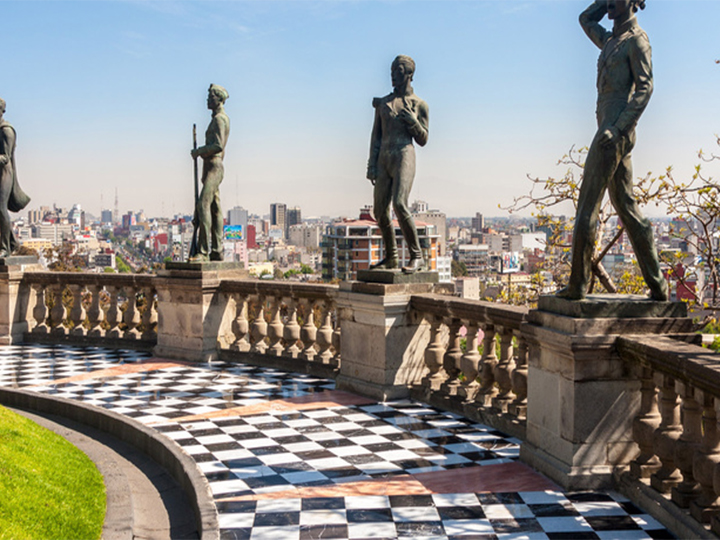
it might not look like it, with its grand, crumbling buildings, but Kolkata—in eastern India, capital of the state of West Bengal—is one of India’s younger cities. As a port city and capital of British India from 1772 to 1911, then known as Calcutta (an Anglicized rendering of Kolikata, the city’s Bengali name) itdrew migrants from all over India, China, the Middle East, and Europe. With wealth and prosperity came the architecture to match, and the cultural and intellectual awakening in the second half of the 19th century known as the Bengali Renaissance. In 1911, in the twilight of the empire and facing increasing nationalist sentiment in India, the British moved the capital to New Delhi, and Kolkata’s prominence began to decline.
The city’s more recent history has too often been framed as tragedy, devastated by Partition (when British India was divided into two separate states in 1947), economic mismanagement, brain-drain, and poverty. I’ve been coming to Kolkata for decades, first as a child staying with family and then as an adult, and to me it has always felt like a chaotic city, almost verging on collapse. But it endures and remains true to its character: culturally vibrant and proudly cosmopolitan.
The city’s more recent history has too often been framed as tragedy, devastated by Partition (when British India was divided into two separate states in 1947), economic mismanagement, brain-drain, and poverty. I’ve been coming to Kolkata for decades, first as a child staying with family and then as an adult, and to me it has always felt like a chaotic city, almost verging on collapse. But it endures and remains true to its character: culturally vibrant and proudly cosmopolitan.

